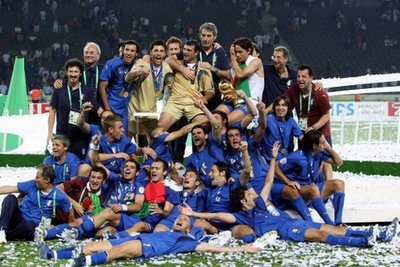" Elements of the Skull "
Skull: entire body framework of the head,including the lower jaw
Mandible: lower jaw
Cranium: skull without the mandible
Calvaria: cranium with out the face
Calotte: calvaria without the face
Splanchnocranium: facial skeleton
Neurocranium: braincase
" Bones of the Cranium "
Ethmoid
Floor of the cranium, inferior to the frontal bone and anterior to the sphenoid.Non-technically: Centre of the face, behind the nose.
Forms part of the nasal cavity and the orbits.Main support structure of the nasal cavity
Frontal
Forehead, extending down to form the upper surfaces of the orbits. Anterior roof of the skull.
Occipital
Back and base of the cranium, forms the back of the skull.Non-technically: Lower back of the head.
The occipital condyles (rounded surfaces at the base of the occipital bone) articulate with the atlas (first vertebra of the spine), enabling movement of the head relative to the spine.Has a large opening called the Foramen Magnus which the spinal cord passes through.
Parietal
Top and sides of the cranium, posterior roof of the skull.
Sphenoid
Anterior to the temporal bones and forms the base of cranium - behind the orbitals.Consists of a body, two "wings" and two "pterygoid processes" (not labelled on diagrams) that project downwards.
Articulates with the frontal, parietal and temporal bones.
Temporal
Sides of the skull, below the parietal bones, and above and behind the ears.
" Bones of the Face "
Hyoid
In the neck, below the tongue (held in place by ligaments and muscles between it and the styloid process of the temporal bone).
Supports the tongue, providing attachment sites for some tongue muscles, and also some muscles of the neck and pharynx.(Commonly fractured during strangulation, so studied in autopsies if strangulation suspected.)
Lacrimal
Behind and lateral to the nasal bone, also contribute to the orbits.(Smallest bones in the face.)
Contain foramina for the nasolacrimal ducts (tear ducts).
Mandible
Known as the lower jaw bone. Also forms the chin and sides of the face.(Largest, strongest facial bone.)
Bone into which the lower teeth are attached.The only moveable facial bone; motion of this bone is necessary for chewing food (the first stage of the digestion process).Each side of the mandible has a condyle and a coronoid process. The condyle articulates with the temporal bone to form the temporomandibular joint.
Maxilla
Upper jaw bone, which also forms the lower parts of the orbits.
Bone into which the upper teeth are attached.Each maxilla contains a maxillary sinus that drains fluid into the nasal cavity.
Nasal
Pair of small oblong bones that form the bridge and roof of the nose.
Palatine
Back of the roof of the mouth (hence not illustrated above). Small "L-shaped" bones.
Form the bottom of the orbitals and nasal cavities, and also the roof of the mouth.
Turbinator
Also known as Turbinate Bone and Nasal Concha. These terms refer to any of three thin bones that form the sides of the nasal cavity (not illustrated in the diagrams above).
Form the nasal cavities.
Vomer
Thin roughly triangular plate of bone on the floor of the nasal cavity and part of the nasal septum.
Separates the nasal cavities into left and right sides.
Zygomatic
Also known as Zygoma and Malar Bone.Commonly (non-medically) referred to as the Cheek Bone because it forms the prominent part of the cheeks. Also contributes to the orbits.





